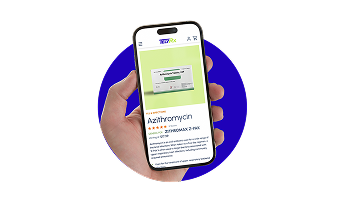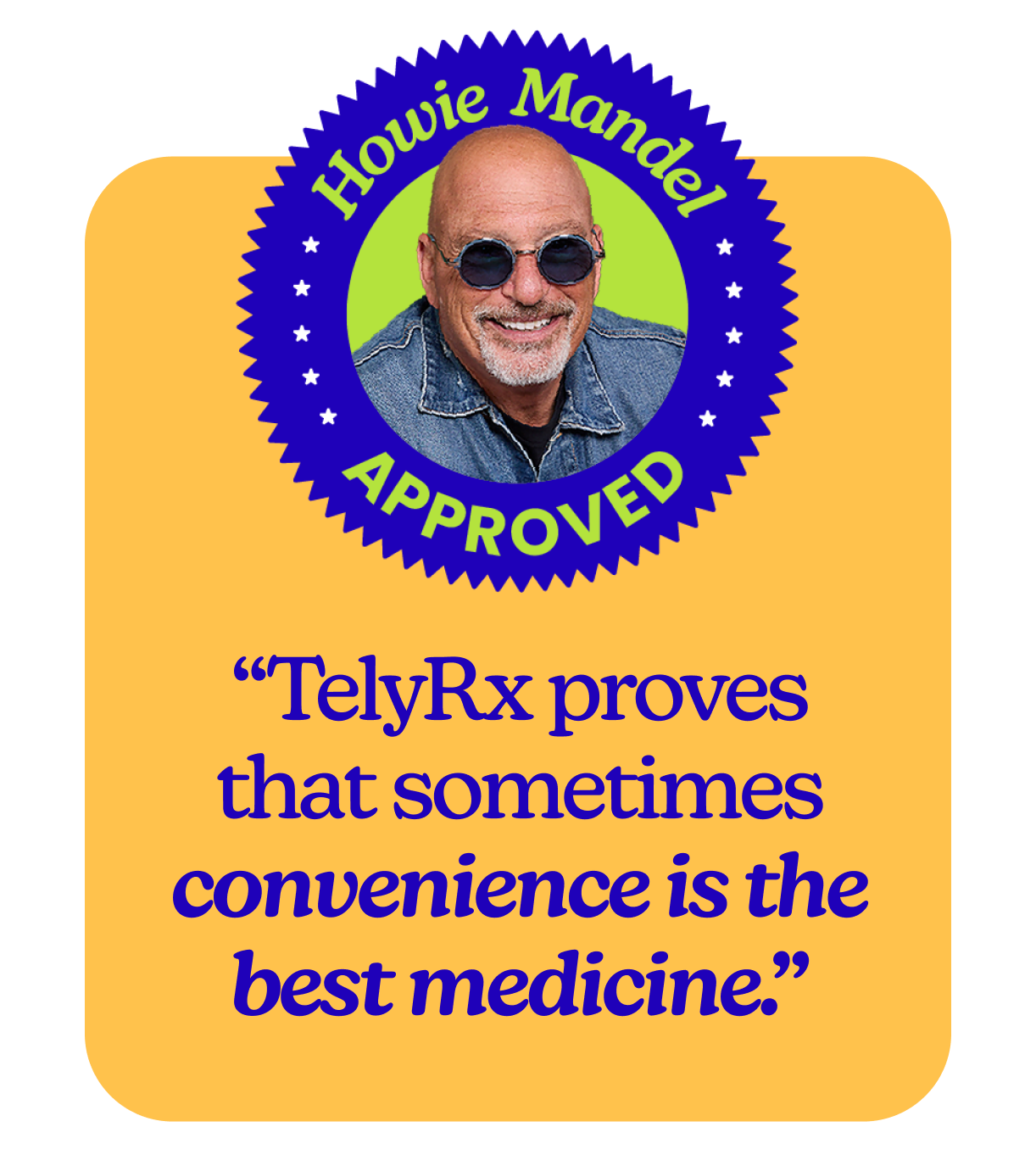Icosapent Ethyl
Icosapent ethyl is a prescription medication derived from omega-3 fatty acids. It’s an isolated form of eicosapentaenoic acid (EPA), an omega-3 fatty acid. This medication is used to reduce the risk of cardiovascular events, such as heart attack and stroke, in adults with elevated triglyceride levels. It works by lowering triglyceride levels which in turn reduces inflammation and improves heart health. Icosapent ethyl has been shown to significantly lower triglycerides without raising LDL cholesterol (the “bad” cholesterol). The medication works by reducing the production of triglycerides in the liver and increasing their removal from the bloodstream. Icosapent ethyl is typically prescribed in conjunction with statins, as the combination can provide enhanced protection against cardiovascular risks.
- Icosapent ethyl is a highly purified form of eicosapentaenoic acid (EPA), one of the two major types of omega-3 fatty acids, with no docosahexaenoic acid (DHA) present
- It is FDA-approved not just for lowering triglycerides, but also to reduce the risk of cardiovascular events such as heart attack and stroke in certain high-risk patients
- Icosapent ethyl can reduce triglyceride levels by up to 25–30% in patients with elevated levels
- It exerts anti-inflammatory effects by reducing inflammatory markers like C-reactive protein (CRP)
- Icosapent ethyl may stabilize atherosclerotic plaques in the arteries, reducing the risk of rupture that can lead to heart attacks or strokes
- Icosapent ethyl is typically taken twice a day with meals
-
Icosapent Ethyl Medication Description
Icosapent ethyl is a prescription-strength omega-3 fatty acid derived from highly purified eicosapentaenoic acid (EPA), with no docosahexaenoic acid (DHA) content. It is FDA-approved to reduce triglyceride levels and lower the risk of major cardiovascular events such as heart attack, stroke, and death in adults with elevated triglycerides.
Unlike general fish oil supplements, icosapent ethyl is clinically proven to reduce triglyceride levels by up to 25–30% without raising LDL (bad cholesterol). It works by decreasing triglyceride production in the liver and enhancing clearance from the bloodstream. The medication also has anti-inflammatory effects and may stabilize plaque in the arteries, reducing the risk of rupture and subsequent cardiac events.
Icosapent ethyl is typically prescribed alongside statins to improve cardiovascular outcomes in high-risk patients. It is typically taken twice daily with food for optimal absorption and effect.
How To Use:
-
Highly purified EPA-only omega-3 formulation
-
Reduces triglycerides and cardiovascular risk without raising LDL
-
Shown to lower inflammatory markers like C-reactive protein (CRP)
-
Helps stabilize arterial plaque
-
Typically dosed twice daily with meals
-
-
Icosapent Ethyl Side Effects
Icosapent ethyl side effects may include hemorrhage or major hemorrhage, atrial fibrillation, atrial flutter, peripheral edema, constipation, musculoskeletal pain, arthralgia and diarrhea.
-
Consumer Information Use and Disclaimer
This information should not be used to decide whether or not to take this medicine or any other medicine. Only a healthcare provider has the knowledge and training to decide which medicines are right for you. TelyRx does not endorse any medicine as safe, effective, or approved for treating any patient or health condition. This is only a limited summary of general information about the medicine’s uses from the patient education materials and is not intended to be comprehensive. This limited summary does NOT include all information about the possible uses, directions, warnings, precautions, interactions, adverse effects, or risks that may apply to this medicine. This information is not intended to provide medical advice, diagnosis or treatment and does not replace information you may receive from your healthcare provider. For a more detailed summary of information about the risks and benefits of using this medicine, please review the entire patient education information you receive with the medication.
How TelyRx Works


1. You Choose
Request Your Prescription.


2. Doctors Review
Doctors Prescribe. Pharmacists Dispense.


3. We Deliver
Your Medication Arrives Quickly and Discreetly


Verified Customer Reviews
| Sex | Both |
|---|---|
| Pick and Pack | Yes |
| Order Flagging System | No |
| Set Cart Qty Limit | 4 |
| Robots Meta | INDEX, FOLLOW |



